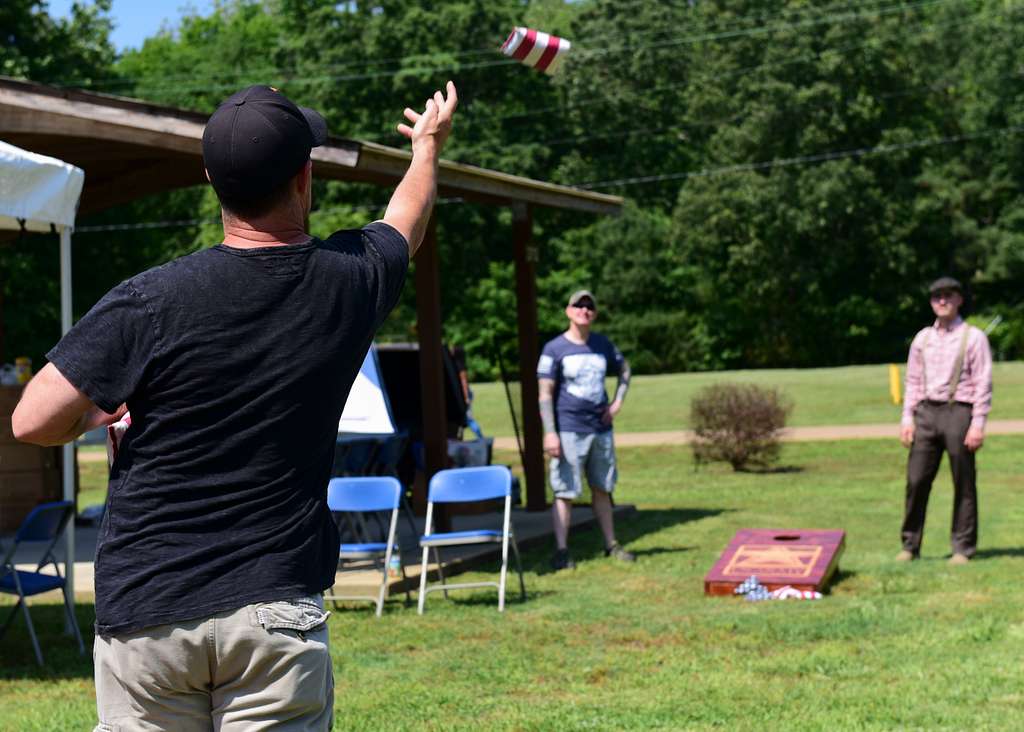Cornhole: A Game for All Seasons

Whether you’re at a backyard barbecue, tailgating before a big game, or enjoying a sunny day at the beach, one game that has captivated the hearts of people of all ages is cornhole. This simple yet addictive bean bag tossing game has taken the social scene by storm, transcending generations and becoming a staple at gatherings across the country. In this blog post, we will dive into the history, rules, and strategies of cornhole, shedding light on why it has become a beloved pastime for millions.
Origin and Evolution of Cornhole
Cornhole, also known as bean bag toss, has a rich history dating back several centuries. Although its precise origin remains a subject of debate, some believe it traces its roots to 14th-century Germany, where it was played with small, rounded bags filled with dried beans. Over time, the game made its way to the United States, particularly in the Midwest, where corn was plentiful and served as the primary filler for the bags. Hence the name “cornhole” was born.
Cornhole Equipment and Setup
To play cornhole, you’ll need a few key items. The most crucial element is the cornhole board. Typically made from wood or plastic, a cornhole board is a raised platform with a hole at the top end. Each board measures approximately 4 feet in length and 2 feet in width. In addition to the board, you’ll need eight bean bags, four for each team, with different colors or designs to distinguish between teams. The bags are usually filled with corn feed or synthetic materials.
The Rules of Cornhole
Cornhole is relatively easy to learn, making it accessible to people of all skill levels. The objective is to toss the bean bags into the hole or land them on the board for points. The basic rules of cornhole include:
- Players form two teams, typically consisting of two players each.
- The boards are placed about 27 feet apart from each other.
- Teams take turns throwing their bags at the opposite board.
- A bag landing on the board scores one point, while a bag that goes through the hole earns three points.
- Bags that hit the ground or bounce off the board are considered foul and do not count towards the score.
- The game typically lasts until a team reaches 21 points, with the possibility of cancellation scoring.
Strategies and Techniques
While cornhole may seem like a simple game of tossing bean bags, strategic play can greatly enhance your chances of success. Here are a few strategies to consider:
- Mastering the Grip: Developing a consistent grip is crucial. The most popular techniques include the “slide” grip and the “swing” grip, each providing different advantages in terms of control and accuracy.
- Finding the Sweet Spot: Experiment with your stance and distance from the board to find the sweet spot that maximizes your chances of landing the bag on the board or in the hole.
- Analyzing the Playing Field: Pay attention to the texture and condition of the board. Different surfaces and weather conditions can affect bag speed and trajectory, requiring adjustments to your throws.
- Playing Defensively: By strategically placing bags around the hole or on the board, you can block your opponents’ shots and limit their scoring opportunities.
- Adaptability: Stay flexible and adjust your throws based on the game’s progress, opponent’s strategy, and external factors like wind or obstacles.
Conclusion
Cornhole has transcended its humble origins and transformed into a mainstream game loved by people of all ages. Its simplicity, accessibility, and social nature make it a perfect choice for gatherings and events. Whether you’re a casual player or a competitive enthusiast, cornhole offers endless hours of entertainment, fostering friendly competition and creating lasting memories. So, gather your friends, set up the boards, and let the bean bags fly – it’s time to experience the joy and camaraderie of cornhole.





